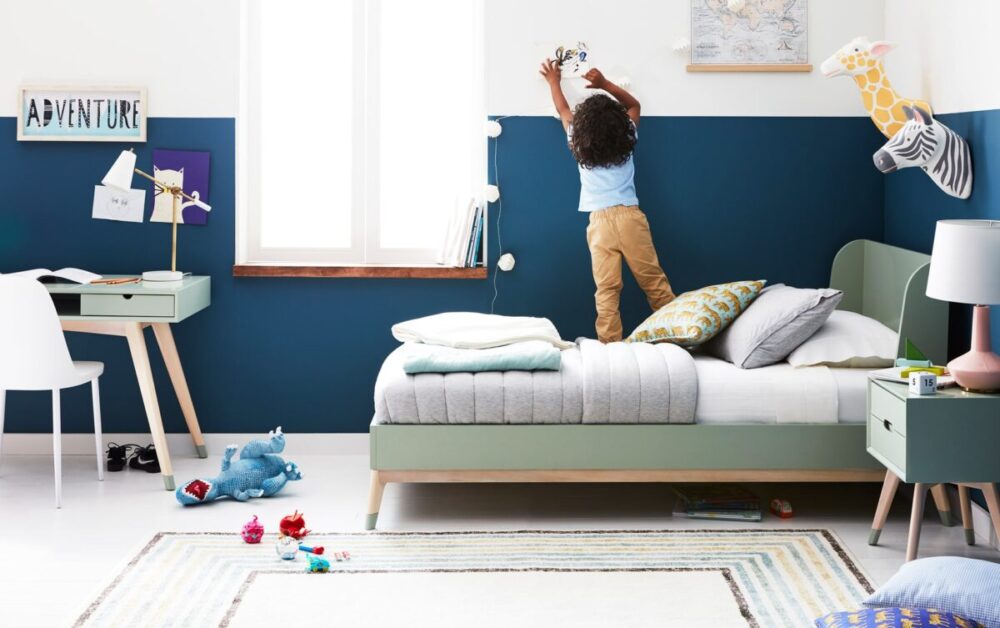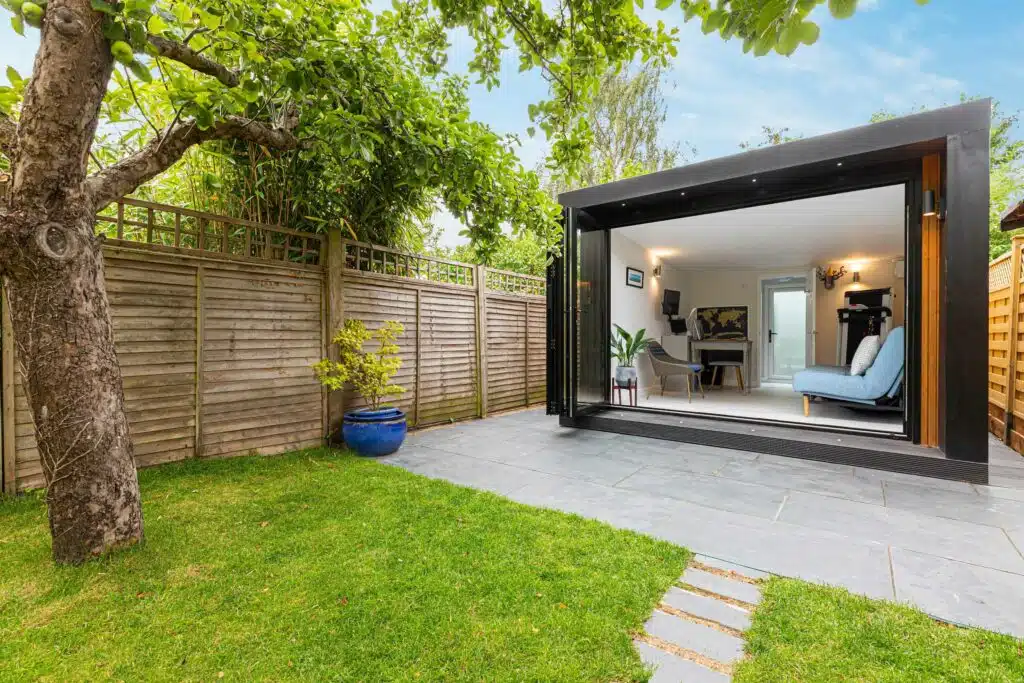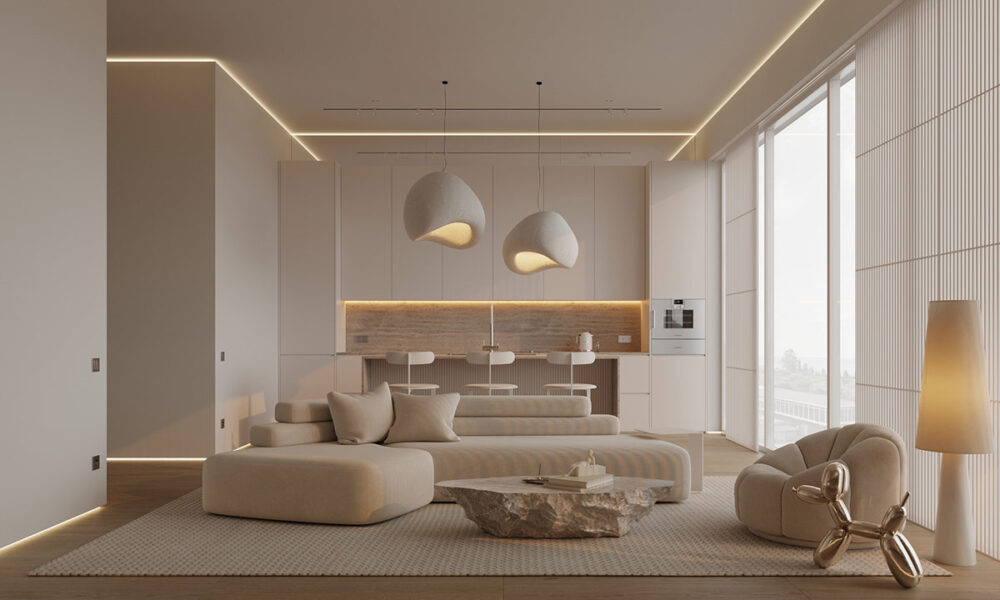Children need a special place at home to play, rest, do their homework and feel free. Having a space of their own that makes them feel identify and transmits comfort and security is essential for proper development. This place is their room, a private place where they can develop freely and be responsible for it.
There are many types of designs to decorate your children’s rooms, from simple to sophisticated concepts, but beyond aesthetics, your children’s room should be a safe space for them and an expression of themselves. These factors detract from the aesthetic level of the room but are not mutually exclusive, the room can be beautiful and meet the needs of your children.
1. Do it according to the age of your children
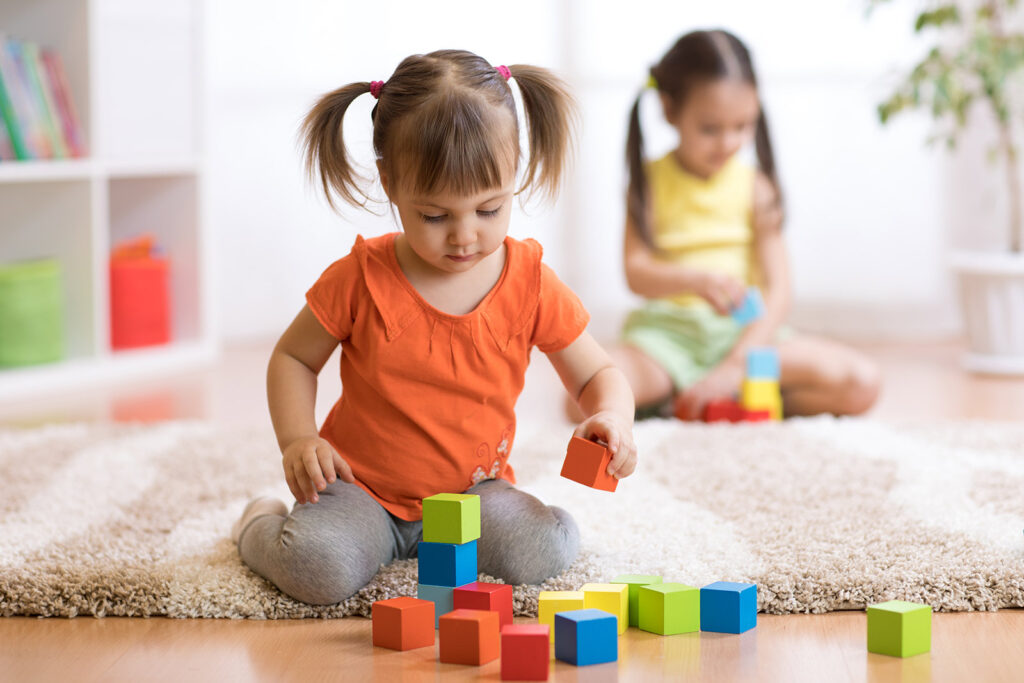
Children are continually growing physically and mentally, and their rooms should reflect this evolution. A 5-year-old’s tastes are not those of a 2-year-old, much less a 9-year-old. Their space should be following their personality and the stage they are in, so it is essential to make small changes and redecorate from time to time, it is even probable that your child will ask for it naturally.
2. Respects their individuality
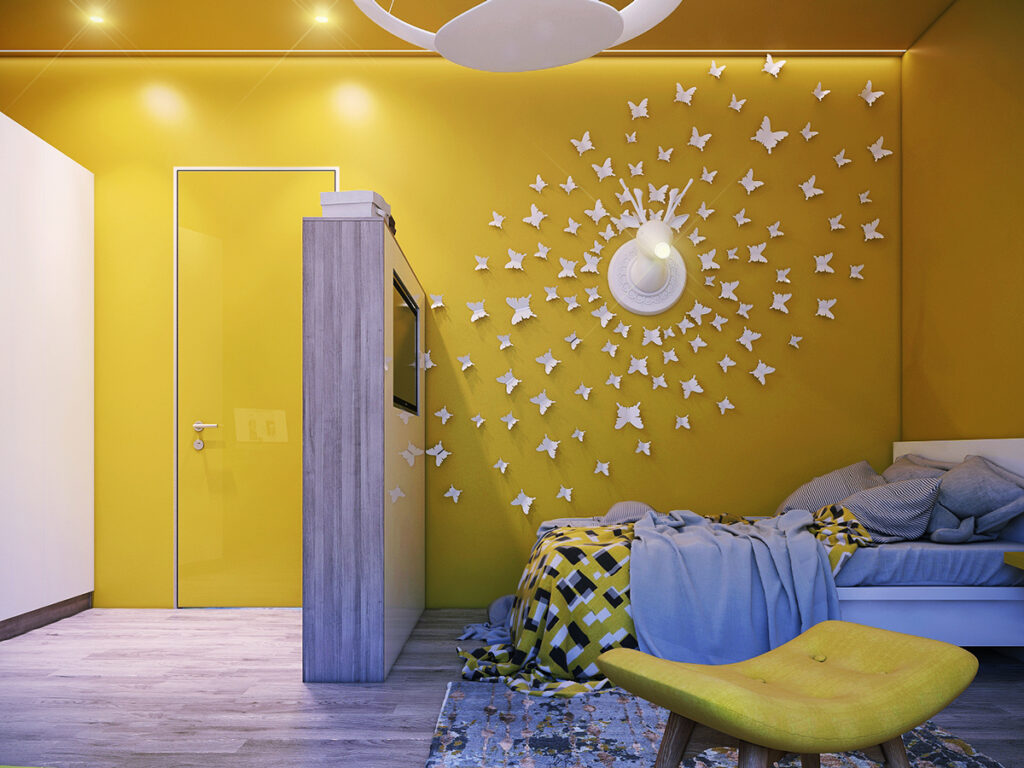
It is important to remember that your children’s room is a private place, it is not relevant if their decoration is different to the rest of the house, the difference between the spaces also teaches them to respect the limits of their area. If siblings must share a room, the decoration process is a little different, especially depending on the relationship between them and their tastes. Making the space comfortable for them is a duty and responsibility that you have as parents.
Before you go shopping for anything your kids like, or what you want in their room, you need to remember two things. Your children’s tastes are important, but children don’t have the awareness and maturity to create a harmonious environment with the elements they need, so listen to them, but take charge of it. The second thing to remember is that it’s not your room; it’s their room, so don’t try to impose your tastes by ignoring their preferences.
3. Children’s decoration styles

Many styles can serve as a guide, and you have to take into consideration your children’s tastes, their personality and their age. You can emulate any of these models and personalize them to suit your children’s needs.
The most common in children’s decorations are the themed style. This type of style can be anything from a princess decoration to a complete wooden style emulating the mythical tree houses. Wood is one of the most commonly used materials for furniture and doors in children’s rooms, as the material allows for different figures and even varies in weight, looks elegant and can be painted in various colours.
The color palette can range from light and soft tones to strong and vibrant tones. For young kids, soft colors are the best choice, while big kids prefer intense colors. It’s best to balance the color palette to make the room look nice. Don’t limit yourself to “pink for girls and blue for boys“, experiment with colour combinations.
4. Keep the Essential Elements neutral
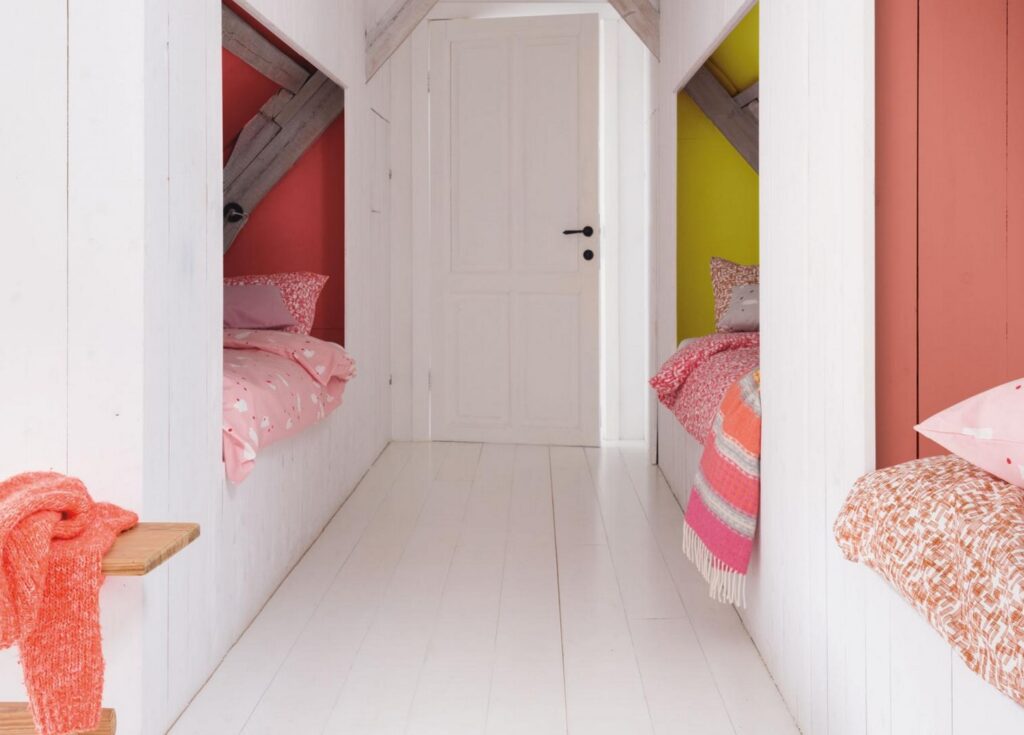
Thematic decorations are great, but try that the essential furniture like the bed stays neutral. Because kids change quickly and the car-shaped bed that your child loved at age 5 may not like it at age 11. The doors and windows are an essential element, especially to put security to the windows depending on the ages of your children and a door that gives them privacy but allows you to enter their room quickly, you can visit Todopuertas.net. to check the different types of doors.
If you have several children sharing a room, these styles are not a good idea. A neutral style would be the best option. Currently vintage is in trend with retro pastel furniture, beds with cabinets. If you want a more modern look, the Nordic style with white walls, lots of light and space, and even free drawing board walls are a great option to motivate your child’s imagination and is a timeless style.
5. Room distribution
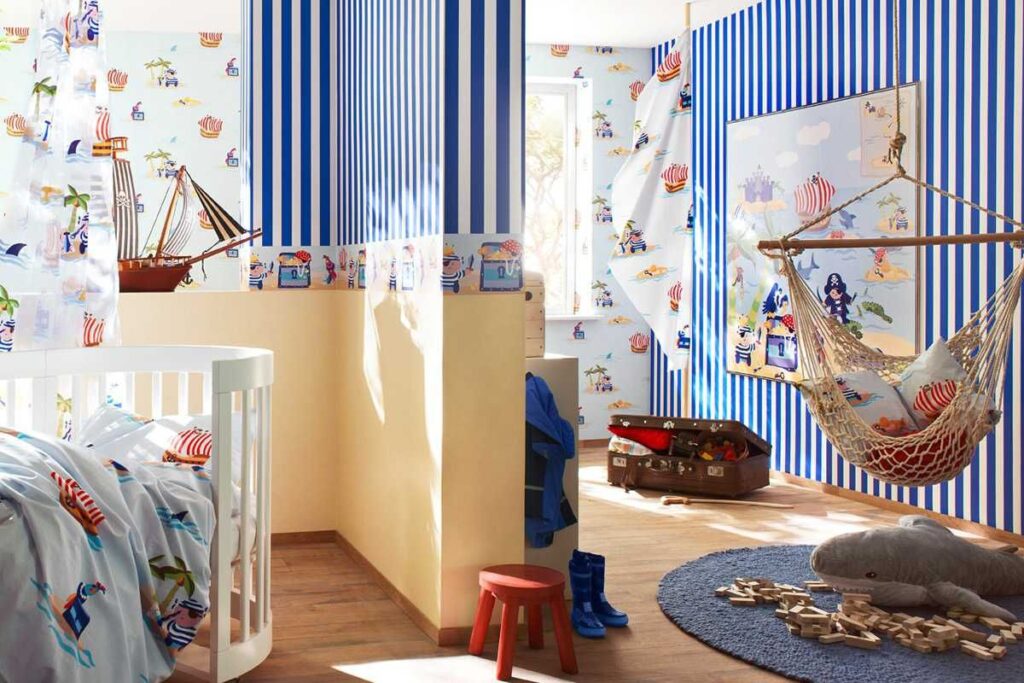
The distribution of the room is an essential topic, and they are three main functions that should fulfil the room of your children, to be a place to play, of rest and to carry out their duties. There must be a space conditioned for each of these activities. If the room is small, don’t worry, there are many practical ways to make the most of the space.
Having a trunk to store toys is necessary; beds with cabinets underneath are a practical way to use the space and works for storing clothes or toys. It is necessary to have a desk where children can do their homework in their own room so that they relate homework as a duty and do not mix spaces such as the dining room with the place to study. The bed should also be used only for sleeping, because if the child is used to playing in the bed, at bedtime, he may relate the space to play and find it difficult to fall asleep.
Having the TV and computer outside the room is important, watching cartoons and playing online are good ways to entertain and even teach children, but it’s also a great distraction. Young children find it difficult to sleep or concentrate when they have distracting items nearby, so it’s best to keep these items out of their rooms until they’re older and can use them responsibly
6. Keep an orderly space

Folding tables, cabinets, wall cabinets are a great way to clear the space, also maintaining adequate lighting. Empty space is vital in the room because it allows children to play there; it is their space to build and develop, so it is essential to have the right furniture to organize their things. The most important thing to decorate the children’s room is to maintain practicality and fun with resistant materials and furniture that can easily adapt to changes in decoration.

